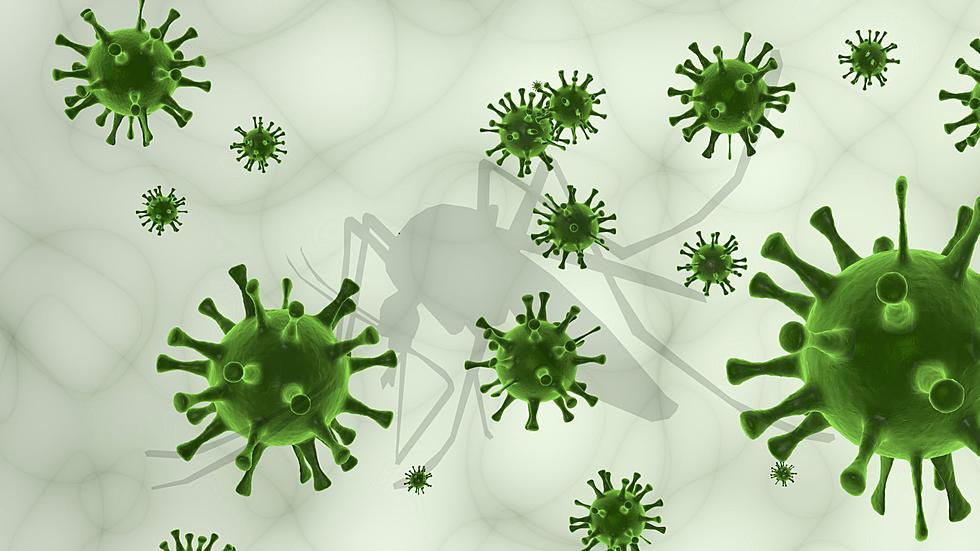
The Threat Of Eastern Equine Encephalitis: Is North Dakota Next?
We have witnessed the devastating effects of numerous viral infections that have made their way through the nation, with another one causing concern.

Viruses that were once common in other regions of the world have either died out or had far less of an impact when introduced to the United States. Notable diseases include malaria, Ebola, and COVID-19; nevertheless, a new potentially fatal viral disease has emerged in the US.
Another extremely unusual, extremely dangerous, and occasionally deadly disease has begun to circulate throughout the nation.
It was the Empire State that initially warned the public to be on alert after reporting occurrences of the disease. This particular disease, known as Eastern Equine Encephalitis (EEE), has also been identified in multiple locations across the country. Is it necessary for us to be worried about this?
Learning about Eastern Equine Encephalitis
Mosquitoes are the only source of transmission and infection for Eastern Equine Encephalitis because a mosquito carrying EEE must bite a person in order to infect them. This means that for now we don't have anything to worry about as the mosquitoes just departed for the winter, but they'll be back soon, and Eastern Equine encephalitis could be a huge problem.
So far, North Dakota has not recorded any cases, but that doesn't mean we won't get them.
Risks and Symptoms of EEE
- The EEE virus has been reported from the Atlantic to the Gulf Coast states and the Great Lakes region.
- Anyone in an area where the virus is present can get infected with the EEE virus from a mosquito bite.
- People who engage in outdoor work and recreational activities in endemic areas are at increased risk of infection.
- Persons over 50 and under 15 seem to be at greatest risk of developing severe disease when infected with EEE.
- EEE infection is thought to confer life-long immunity against re-infection to survivors.
- There are no symptoms for many people. Most people who become infected with EEE do not develop any symptoms.
- Febrile illness in some people. Some people who are infected will develop chills, fever, weakness, and muscle and joint pain. The illness may last up to two weeks. Most people with this type of EEE disease recover completely, but fatigue and weakness can last for weeks or months.
- Severe symptoms in a few people. Less than 1% of people who are infected will develop a serious neurologic illness such as encephalitis or meningitis (inflammation of the brain or surrounding tissues).
- The symptoms of neurologic illness can include high fever, headache, irritability, restlessness, drowsiness, anorexia, vomiting, diarrhea, bluish discoloration of the skin, convulsions, and coma.
- Serious illness can occur in people of any age. However, children and people over 60 years of age are at the greatest risk for severe disease. People with certain medical conditions, such as cancer, diabetes, hypertension, and kidney disease, and people who have received organ transplants, are also at greater risk for serious illness.
- Recovery from a severe disease may take several weeks or months. Of those who recover, many are left with disabling and progressive mental and physical sequelae, which can range from minimal brain dysfunction to severe intellectual impairment, personality disorders, seizures, paralysis, and cranial nerve dysfunction. Many patients with severe sequelae die within a few years.
- About 30 percent of people who develop a neurologic infection due to Eastern Equine Encephalitis will die.
20 Meanest '80s Movie Bullies
Gallery Credit: Dennis Perkins

